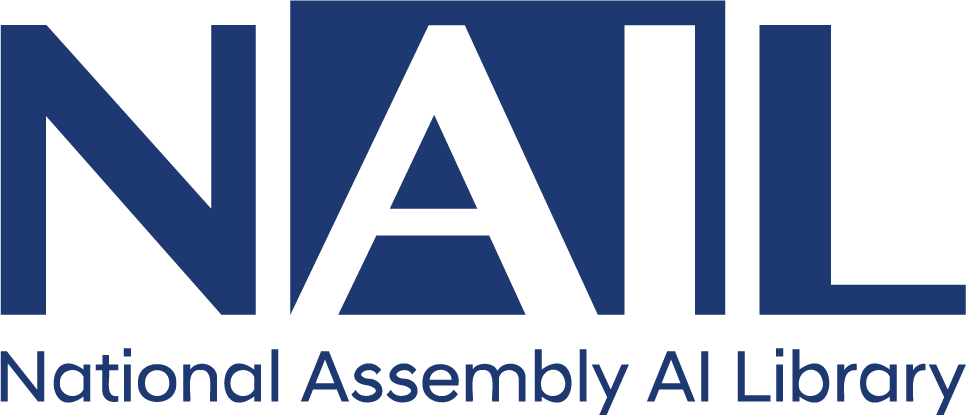목차
Title page
Contents
Resume 4
Acknowledgements 5
Executive summary 8
Principaux resultats 10
Glossary 12
Introduction 14
1. Evaluating the potential: Could AI foster employment of people with disability? 17
1.1. State of the technology: What is out there? 17
1.2. Evaluating opportunities: How transformative could AI be in fostering the employment of people with disability? 26
1.3. What could go wrong? Understanding the risks of AI for people with disability 30
2. From development to user adoption: Challenges to AI supporting people with disability in the labour market 33
2.1. What is hindering the research and development of AI-powered solutions? 33
2.2. Understanding barriers in the commercialisation phase 37
2.3. What is hindering adoption by end users? 39
2.4. Making the most of AI to reduce the disability employment gap: the role of mainstream solutions 41
3. Seizing the potential, addressing the risks: what role for governments? 44
3.1. Are policies at the intersection of AI and disability rights/accessibility fit for purpose? 44
3.2. Going forward: what can governments do? 52
References 63
Annex A. Repository of AI-powered solutions 72
Annex B. Interview guide used with accessibility experts 103
Annex C. List of participants 105
Notes 107
Figure 1. The report considers both mainstream AI-powered solutions and specialised ones 16
Figure 1.1. Where on the path to employment do most AI-powered solutions intervene? 22
Figure 1.2. Academia and small firms are responsible for the largest shares of AI-powered accessibility-enhancing solutions 24
Boxes
Box 1.1. Examples of disability-centred solutions 18
Box 1.2. AI-powered solutions to make environments accessible 19
Box 1.3. Will automated vehicles foster employment of people with disability? 29
Annex Tables
Table A.A.1. Repository of identified AI-powered solutions 72
해시태그
관련자료
AI 100자 요약·번역서비스
인공지능이 자동으로 요약·번역한 내용입니다.
Using AI to support people with disability in the labour market : opportunities and challenges
(노동시장에서 장애인을 지원하기 위한 AI 사용 : 기회와 도전)



